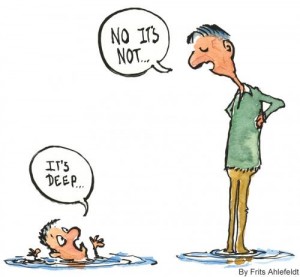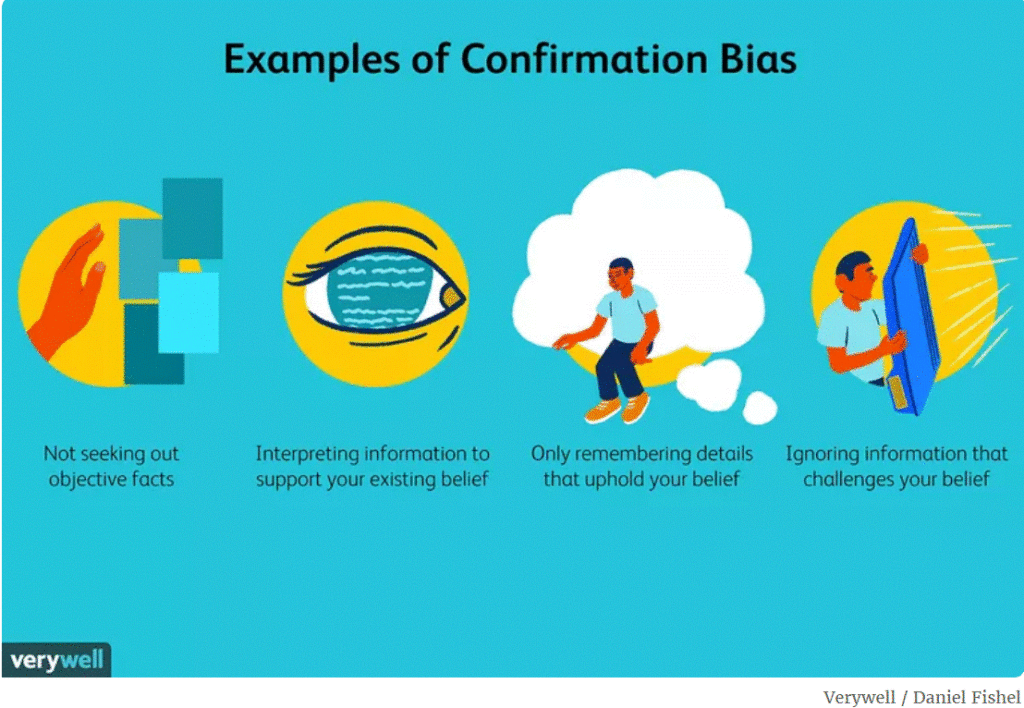Perspective-taking as a transferable skill inside and outside the classroom.

Two weeks ago we watched as an armed mob assaulted the U.S. Capitol. From our living rooms we all interpreted the events through lenses that have been shaped by our personal experiences.
Xinhua commentary claims last week’s chaos ‘tore down the beautiful disguise of American democracy’
Zhen, L., 2021. Beijing mouthpiece says US Capitol attack proves democracy is ‘a failure’.
“What happened in the U.S. shows how fragile Western democracy is,” – President Hassan Rouhani
Haynes, S., 2021. How the World Is Reacting to Violent Chaos in Washington.
“Now the world gets to see the difference between these two situations, where one is us protesting to be seen, to be heard, to not be killed, right?” she said. “And then you have these other people who are just mad because they lost.” – Nuny Nichols
Fadel, L., 2021. ‘Now The World Gets To See The Difference’: BLM Protesters On The Capitol Attack. [online] Npr.org.
Our perspective lenses lead us to quickly choose sides, make comparisons, and pass judgement. Regardless of how we interpreted the events of January 6, 2021, it served to deepen our resolve of beliefs that we each long held. That is how perspective works.

As educators we are in the business of teaching students how to think for themselves. The challenge is to teach perspective without enforcing our own confirmation bias; to guide from the side, instead of lead from the front. Even if students end up drawing similar conclusions to our own, we must do our best to leave room for voice and choice as they learn to take a deeper dive into their own perspective AND those of others.
Why is it important to learn other perspectives?
Perspective provides the whole picture and teaches empathy. And most importantly, it enhances one’s ability to address problem solving/conflict resolution with an open mind….making it an essential life skill. The following are aspects of perspective to remember as you work with students. As we prepare lessons, it is essential that we are intentional when selecting strategies that address these aspects, trying to avoid the assumption that students understand and have synthesized their understanding.
- Everyone has a unique perspective. No two people see the same thing, the same way.
- A person’s perspective dictates what and how the person selects and interacts with experiences. Therefore perspective can create bias.
- Perspective is fluid; it changes with experiences, exposure, mindset, maturity, time of day, etc.
- The same message can be perceived differently from multiple perspectives
- Misunderstanding occurs when we project our perspective or interpretation on to others with the belief that they view things the same way.
Dr. Johnson, Ed.D, D., 2021. The Importance of Taking the Perspective of Others. [online] Psychology Today.
How do you facilitate learning perspective?
The following are some suggestions for how to encourage perspective-taking with students. As with all instruction, it isn’t as simple as do as I say; modeling each of these processes and intentionally planning for the time it takes for students to practice these behaviors is a best practice towards success.
- Problem solving strategies
- Note Taking (Cornell notes, 2/3 column notes, Interactive notebooks, etc.)
- S.M.E.L.L. (Sender-receiver relationship, Message, Emotional Strategies, Logical Strategies, Language)
- SOAPSTone (Speaker, Occasion, Audience, Purpose, Subject, and Tone)
- Think Aloud
- R.A.F.T. (Role, Audience, Format, Topic)
- G.E.T.S.R.A.P. (Geography ie. location., Economics, Technology, Society, Religion, Art, and Politics)
- Collaboration strategies
- Think -Pair-Share
- Socratic Seminars
- Role Playing
- Writing strategies
- They say, I say
- Somebody-Wanted-But-So

